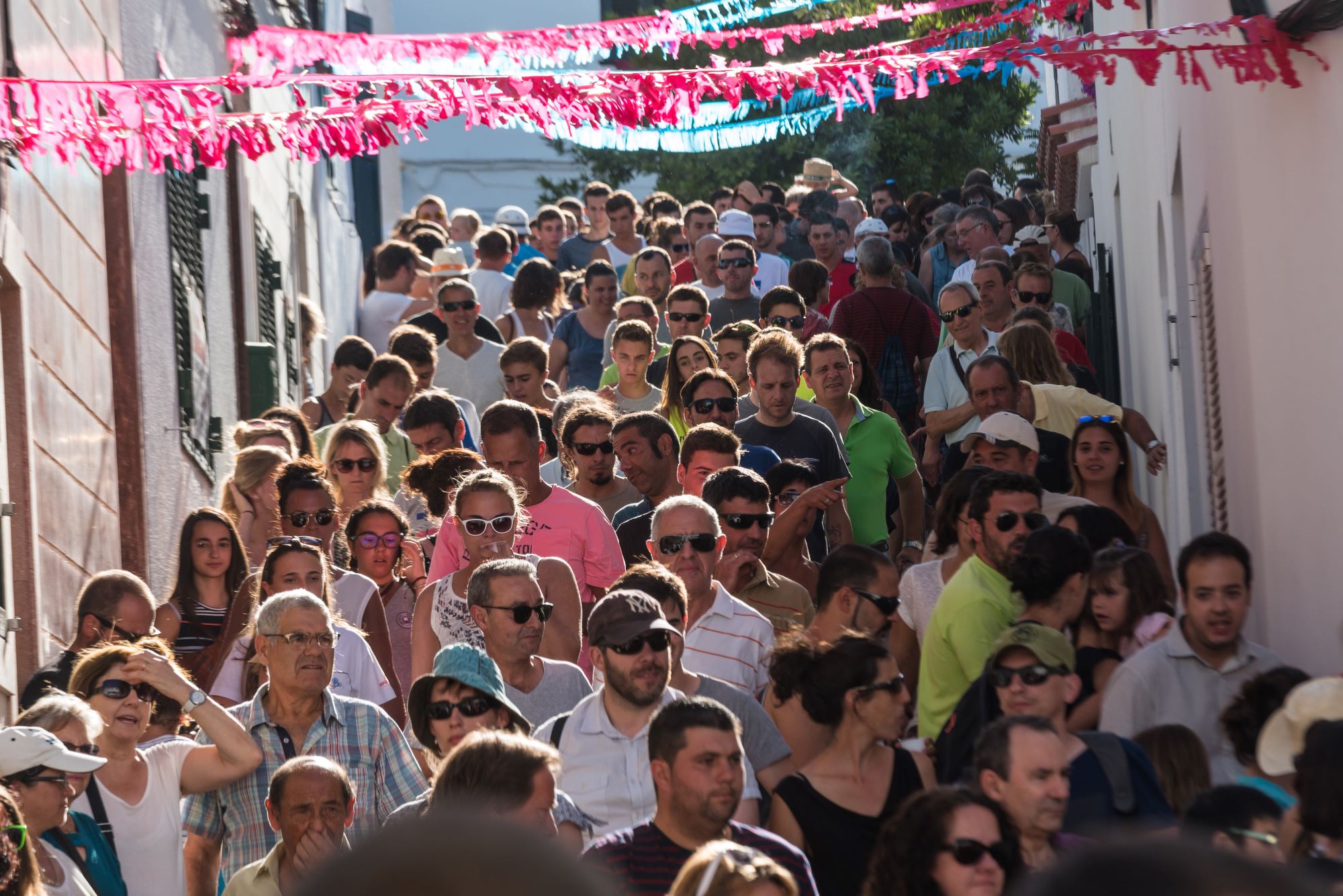Reduce crowding at destinations through social interaction
A well-known cause of tourist crowding is that information sources, such as (online) travel guides, (review) sites, and social media, often direct tourists to a relatively small number of attractions. These information sources encourage many people to visit relatively small areas, leading to overtourism in those locations. At the same time, other places remain undiscovered and suffer to some extent from undertourism. The national policy, as laid down in Perspectief 2030, includes as an objective that the destination of the Netherlands must be developed in a future-proof manner whereby visits contribute to the prosperity and well-being of all Dutch people. To this end, tourism must become more balanced and the dispersal of tourists is an important instrument.
Objective
From its Data & Development Lab, CELTH is investigating - together with NBTC, Travel with Zoey, and Marketing Oost – whether tourists can be enticed to visit other lesser known day trip attractions in a region. To this end, two different ways of providing information and two different ways of composing the content of the information were tested. It was also examined whether the spreading of tourists influences their holiday appreciation.
Approach
In the test area in Overijssel, overnight tourists participating in the experiment are divided into four groups. The groups either receive passive map-based information emphasising well-known or lesser-known day trip attractions, and receive it either through a smartphone app or a personalised conversation via WhatsApp. This approach allows us to determine whether customising information with destination policies succeeds in distributing tourists, and whether this effect is enhanced by providing hyper-personalised advice in a WhatsApp conversation as opposed to a passive map-based app. Travel with Zoey's app is used for the personalised conversation, a smartphone app developed specifically for this experiment is available for passive communication.
The results show that sending tourists to less-visited attractions, whether with personalized advice or a passive map-based app, is very successful. Tourists exposed to information about less-visited attractions spent more than twice as much time at those attractions, and less than a quarter of their time at the more popular attractions. The personalized information was slightly better at getting tourists to visit less-attracted locations, and far more enjoyable to use. There were no differences between participants in the quality of their vacation experience, no matter which information they got or how they got it. Thus, "must-see" attractions are apparently not a "must" for a great vacation, and spreading tourists via better information is more than possible.
Partners
- Marketing Oost
- Travel with Zoey
- Breda University of Applied Sciences
- NBTC (Netherlands Board of Tourism & Conventions)
Project team
- Jeroen Klijs, Breda University of Applied Sciences, klijs.j@buas.nl
- Ondrej Mitas, Breda University of Applied Sciences, ondrejmitas@gmail.com
Planning
February 2021 – December 2021
Status
Completed
Results
The results show that sending tourists to less-visited attractions, whether with personalized advice or a passive map-based app, is very successful. Tourists exposed to information about less-visited attractions spent more than twice as much time at those attractions, and less than a quarter of their time at the more popular attractions. The personalized information was slightly better at getting tourists to visit less-attracted locations, and far more enjoyable to use. There were no differences between participants in the quality of their vacation experience, no matter which information they got or how they got it. Thus, "must-see" attractions are apparently not a "must" for a great vacation, and spreading tourists via better information is more than possible.
Experience Overijssel
Focus on Core Web Vitals and user-centric performance metrics for better search rankings and user experience.
Download


